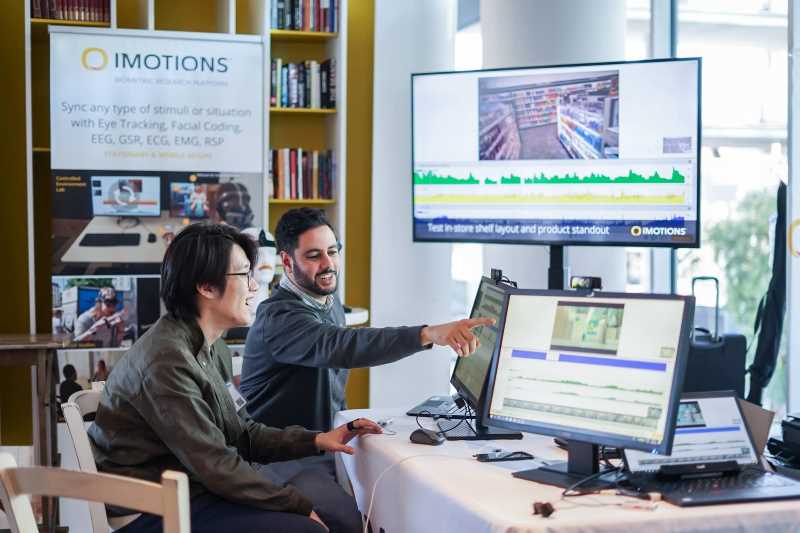The research presented in this paper aimed to study the effects of arithmetic and memory tasks (with two levels of difficulty: easy and hard) on human cognitive load using biometric eye tracking techniques. The experiment was conducted with thirty-one participants using iMotions’ integrated biometric platform. In addition to the eye tracking technique, data was also collected by measuring the participants’ performance to the tasks as well as two subjective type of questionnaires including the Single Ease Question (SEQ) and the National Aeronautics and Space Administration Task Load Index Scale (NASA-TLX Scale). A total of 16 metrics were extracted and evaluated, comprising two performance metrics, eight subjective metrics and six eye tracking metrics. Nonparametric Wilcoxon tests were used to find statistically significant differences between metrics at different level of difficulties. Relying on the obtained results from the psychophysiological measure, we concluded that eye tracking metrics can be helpful in analyzing cognitive load during arithmetic and memory recall tasks. At last, based on the overall results, a theoretical model for the prediction of the cognitive load adapted to machine learning techniques has been also proposed.
Related Posts
-

Your Menu Is Your Most Powerful Marketing Asset
Consumer Insights
-

Measuring Pain: Advancing The Understanding Of Pain Measurement Through Multimodal Assessment
Ergonomics
-

Feeling at Home: How to Design a Space Where the Brain can Relax
Ergonomics
-

Why Dial Testing Alone Isn’t Enough in Media Testing – How to Build on It for Better Results
Consumer Insights



